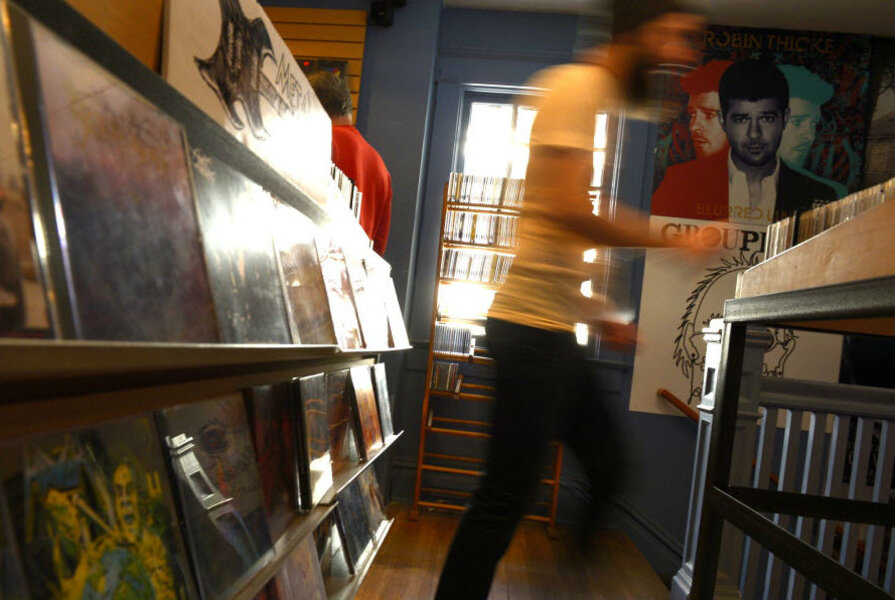Whither summer jobs? They're coming back, but the road is long, experts say.
Loading...
Every June, high school and college students race to pad both their wallets and their résumés via summer jobs – whether it be a local gig after 10th grade or an internship in the city.
Since the beginning of the Great Recession in 2008, this process has become more of a struggle for young Americans – but a recent report by the Bureau of Labor Statistics indicates that this process may finally be getting just a little bit easier.
According to the study released Wednesday, the seasonal unemployment rate among Americans aged 16 to 24 in July – when students tend to be out of classes – has dropped from 16.3 percent in 2013 to 14.3 percent in 2014.
This isn’t the first time the summertime unemployment rate among youths has declined in recent years – it had fallen by about one point annually since reaching its peak of 19.1 percent in 2010 – but 2014 is by far the biggest one-year improvement.
Still, experts say that though the recent numbers may represent a sprinkle of good news, the job market for young Americans remains decidedly sour.
Taking a long-term perspective, youth unemployment still stands about three percent higher than it did between 2005 and 2007, in the years preceding the economic contraction. And the youth participation rate of 60.5 percent – the portion of that age group actually searching for a job – hasn’t budged in three years, despite having stood above 70 percent in 2000.
“You see overall progress,” says Diana Carew, economist and director of the Young American Prosperity Project. “It’s a slow recovery, but there have been some gains.”
While most demographics within the 16 to 24 crowd have seen improvement in terms of finding jobs, unemployment remains stubbornly high among certain groups. Among Hispanic and Latino youths, for instance, 16.5 percent were unemployed this July, as were 24.8 percent of blacks. While both those figures represent improvements, they’re far higher than the total youth unemployment rate. The rates among whites and Asians stood at 12.2 and 10.9 percent, respectively.
Why the struggles for young Americans trying to find work? According to both Ms. Carew and Paul Harrington, director of the Center for Labor Market Studies at Drexel University, it comes down to increased job competition from older Americans, especially given ongoing economic uncertainties.
“There is substantial evidence of older workers penetrating the entry level job market,” says Mr. Harrington. “And younger college graduates are continuing to hold on to entry level jobs.”
Both economists also attribute these difficulties to recent, economy-wide hiring tendencies – in which positions requiring advanced skill sets and those requiring relatively few skills – are opening up faster than those in the middle of the spectrum, the kinds of jobs recent college graduates traditionally would be seeking.
“The middle is sort of collapsing,” said Carew.
On the whole, youth employment has declined significantly in the past three decades. As recently as 1997, the youth labor participation rate stood at 73 percent, more than 12 points higher than the rate today.
This drop, economists say, can be attributed to a number of cultural and economic factors. Harrington blames the tightening of the mid-level job market, as well as the dual recessions in the first decade of the 21st century.
Carew also points to changing priorities and perspectives, such as “higher summer camp enrollment,” and an attitude of “Do I really need to get a job?”
To this later question, most commentators and economists, Harrington included, resoundingly say, yes. Early jobs, no matter how basic, they point out, can teach the baseline skills needed to get by in other workplaces down the road.
“The job requirements for behavioral traits – responsibility, dependability, et cetera – they don’t change very much,” says Harrington. “I think there’s reason to believe that early work develops these qualities.”





